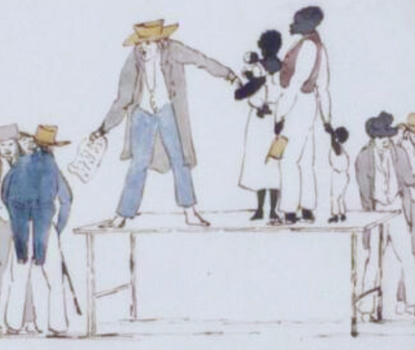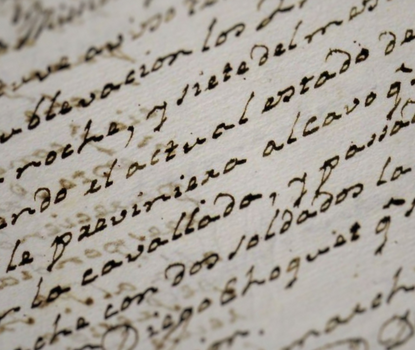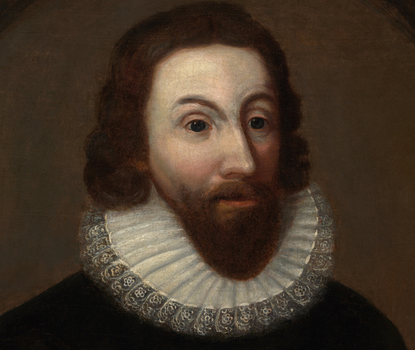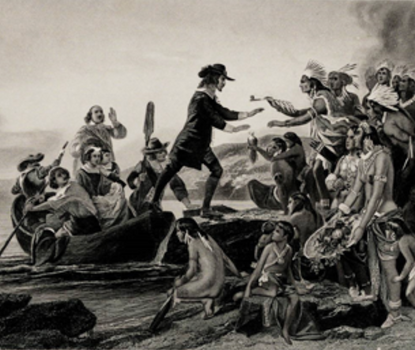Europeans and American Indians maneuvered and fought for dominance, control, and security in North America, and distinctive colonial and native societies emerged. Topics may include:
- How Different European Colonies Developed and Expanded
- Transatlantic Trade
- Interactions between American Indians and Europeans
- Slavery in the British Colonies
- Colonial Society and Culture
Image Source: Catawba deerskin map showing several American Indian nations in northwest South Carolina, in a 1929 facsimile of the ca. 1724 original (Library of Congress)























